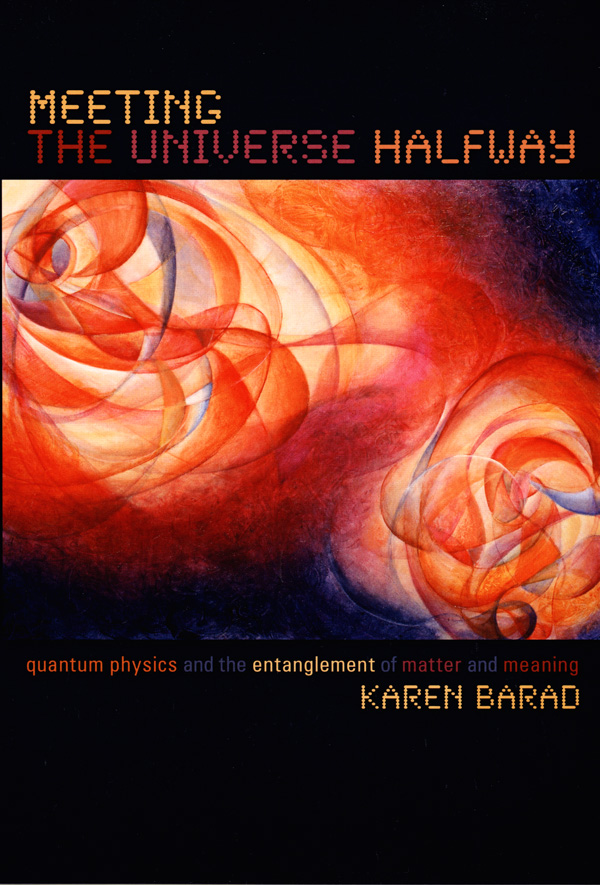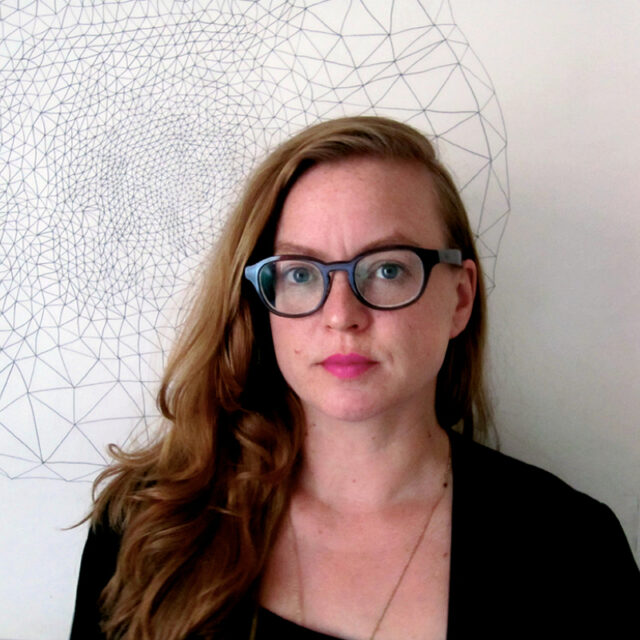← Explore
“I think a lot of artists have this problem—the constant switching between a wealth of admin work, survival work, activist work, creative work and homework. It’s not the biggest problem we have, but it is definitely an annoying one that is also very much woven into people’s socioeconomic status.”
DEL resident SWINTAK is an interdisciplinary artist, educator and context-maker based in Montreal. Her past projects often involve large-scale installations built onsite and integrated with the surrounding context. Examples include moving an entire house by hand without the aid of machinery, constructing the most banal roller coaster ever made, and attempting to give a shed consciousness.
Q: How has the pandemic changed, influenced, or impacted your approach to artmaking? What will be different for you going forward?
A: I don’t even know how to answer this, and it still feels too early to tell. During the pandemic I was forced to leave my home and studio behind. Luckily, I did manage to relocate my creative base outside the city, which means more physical space to work and probably a myriad of other things that I still have yet to experience. Outside the studio, I’m starting to work as a creative consultant that helps arts organizations rethink presentation contexts. Just going digital isn’t enough; we need to integrate the physical, digital, and indefinite gradient in-between. I’m not comfortable traveling or being in large groups, so I imagine a lot of what I do is going to be hyper-localized for the next couple of years. Going forward I’m hoping to focus less on myself, and more on what I can give back.
Q: What tools, techniques, or resources have helped you do more with less?
A: The last year or two I have gained a lot from shared documents and reading lists that have crowdsourced content. Right now I am writing a syllabus and have learned a lot from The Black Lives Canada Syllabus updated by Huda Hassan, Distance-Learning Tips by Marissa Mattes and the Art School Reading list shared by Raymond Boisjoly. There’s so much info out there, that sometimes it helps to have a peer-run compilation that broadens your scope of knowledge. I use a variety of different time management and creative collaboration softwares, but I’d rather not give the space to promote them.
“Whenever it is possible, I try to make space by having computer and phone free times. Sure, I might be hard to reach, but most things can wait. Having the time to percolate is so easily overlooked, yet it has such great value.”

SWINTAK recommends:
Karen Barad, Meeting the Universe Halfway: Quantum Physics and the Entanglement of Matter and Meaning (2007)
Karen Barad, Meeting the Universe Halfway: Quantum Physics and the Entanglement of Matter and Meaning (2007)
Q: When do you do your best work? How do you make space to do your best work?
A: Assuming all my basic health and home needs are met, I tend to work well in a fully immersed high-stress scenario after a period of percolation. The optimum situation is when I’m tackling one single deadline; transitioning between different forms of work tends to slow me down or cause feelings of stress or guilt. It’s fine to multitask in a singular zone, but if you are trying to physically make something while at the same time intermittently responding to email, it can be very destabilizing.
I think a lot of artists have this problem—the constant switching between a wealth of admin work, survival work, activist work, creative work and homework. It’s not the biggest problem we have, but it is definitely an annoying one that is also very much woven into people’s socioeconomic status.
Whenever it is possible, I try to make space by having computer and phone free times. Sure, I might be hard to reach, but most things can wait. Having the time to percolate is so easily overlooked, yet it has such great value. Unfortunately not everybody has the privilege to afford time for percolation.
Q: What’s one thing that would make artmaking more accessible, equitable, and successful for Black, Indigenous, and other working artists of colour?
A: I think this question is too important to be left for last or tacked on to a questionnaire; it should be integrated in everything we do. I need to continually work to listen, learn and course-correct both myself and the system that I benefit from.
